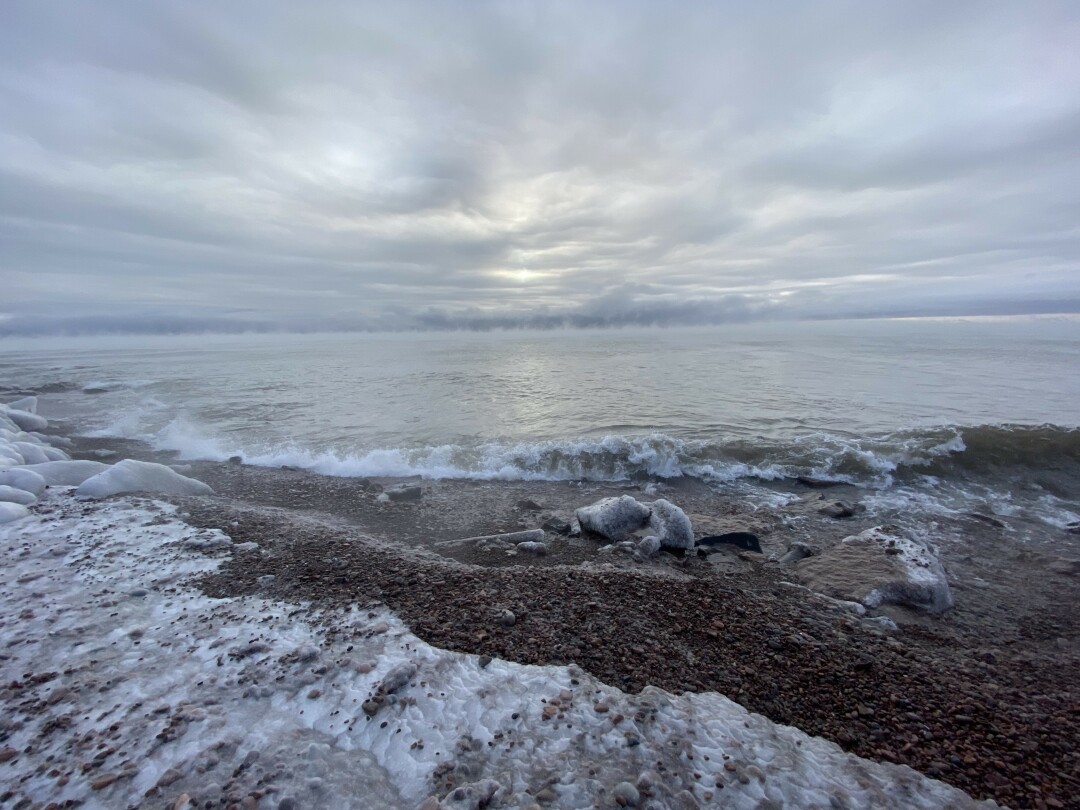What do we really want?

Photo by Richard Thomas
For myself and so many others who are concerned about the climate crisis and our future, it’s easy to understand why we find ourselves mentally and emotionally captured by our worst fears. The news from around the world is not good. From so many angles, it’s not promising.
There are the fears of rising temperatures, longer droughts, shrinking lakes, higher sea levels, the loss of more birds and other species and bigger wildfires.
These fears are based upon what we already see happening and are experiencing. And it is these fears that can paralyze us.
Because of our fears, it’s easy to focus on what we don’t want because what we don’t want is already starting to take place. Given that so many things are beginning to present themselves, including microplastics in the lake and wildfires getting closer, it’s very easy to only think about our worst fears and what we didn’t want to happen in the first place.
Focusing on our worst fears and what we don’t want is mentally and emotionally exhausting. Reading and hearing about such recent events as the new high temperatures in Southern California, heavy rain storms and flooding in South Africa and the Philippines, extreme high temperatures in the Arctic and Antarctic regions, and lakes disappearing in the Southwestern states, can make any of us feel anxious and overwhelmed.
Recent studies have shown that young people from around the world, between the ages of 16 and 25, are feeling very worried about climate change. More than 45% of them said that their feelings about climate change are adversely affecting their day-to-day lives.
I spent about 29 years working in the mental health field as a counselor and social worker with adults, and as a mental skills trainer with high school and college athletes.
With the adults, many of them could tell me what they didn’t want in their lives. They didn’t want to keep drinking or using drugs. They didn’t want to keep gambling and losing their money. They didn’t want to keep getting involved in destructive relationships.
But what I observed is that many of these adults kept returning to those behaviors and addictions that they wanted to stop.
All they could think about was what they didn’t want and thereby found themselves mentally and emotionally stuck in neutral or even reverse. They couldn’t stop thinking about what they didn’t want.
And they struggled with their inability to clarify what they did want and then identify the steps that they needed to take to realize what they wanted.
And when it comes to the athletes, many of them could only think about what they didn’t want to happen in the game. Didn’t want to make a mistake. Didn’t want to lose a game. Didn’t want to be embarrassed. Didn’t want to be outplayed.
Interestingly enough, the athletes who focused on what they didn’t want would often pull back, not play to their full potential, feel more stress and anxiety, and too often would do the things they didn’t want to do or see happen on the court or field.
Whether it’s adults, athletes or any of us, there is a big difference between focusing on what you don’t want versus what you want. There’s a different energy and different approach to living.
Focusing on what you don’t want can be draining while focusing on what you do want can be fulfilling.
So, when it comes to the climate crisis, we know what we don’t want. We don’t want to lose more birds, trees and other living things. We don’t want to pollute our lake or the air. We don’t want to experience more droughts or wildfires.
And the list goes on.
But while we say we don’t want these things, we continue to behave and act in ways that appear to contribute to what we don’t want.
So, if we want to focus on creating a healthier city, let’s ask ourselves several questions.
What modes of transportation will contribute to a healthier city for everyone?
What will it take to provide healthy and nutritious food to everyone?
How can we provide affordable housing and build a local economy with a strong base of local businesses?
How do we create a healthier and more sustainable environment for the birds, butterflies and other species in our region?
To respond to and address climate change, we need to be clear about what we do want. Only when we have gained a sense of clarity about what we want can we then begin to imagine or visualize where we want to go, and start identifying the first steps to get us there.
Each morning, after you’ve read or heard the latest news or information about our climate emergency, acknowledge what you’ve learned and then refocus on what you want or would like to create to help build a healthier, more sustainable and environmentally just city.
It’s by focusing on what you want that you will become more proactive, productive, and embrace a more positive approach to responding to the climate crisis that will be with us for a long time.
